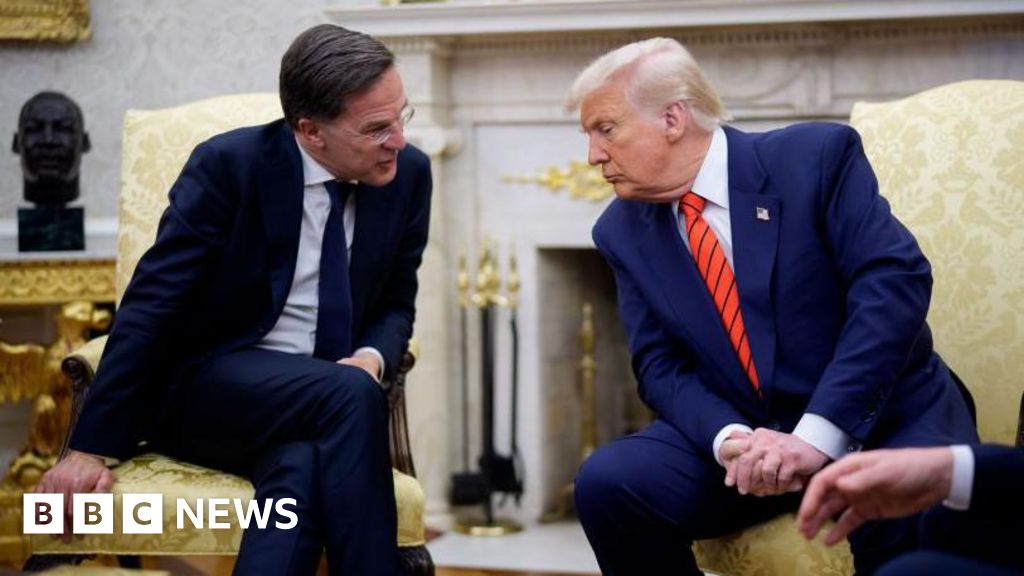As 32 countries prepare for the upcoming NATO summit in The Hague, all eyes are on one individual: President Donald Trump. NATO Secretary General Mark Rutte has tailored the agenda to align with Trump’s priorities, primarily centered around the U.S. demand for higher defense spending from European allies. This diplomatic gathering, scheduled for Tuesday and Wednesday next week, aims to present a united front despite underlying tensions.
Trump, known for his ‘America First’ stance, has previously criticized NATO and questioned its foundational principle of collective defense. During his first summit, he chastised European nations for not contributing enough to their own security, asserting that they owed the U.S. “massive amounts of money.” This consistent messaging has pressured many European governments to reconsider their defense budgets.
Rutte, maintaining a strong rapport with Trump, is keen to ensure that the U.S. president leaves the summit with a sense of achievement. The discussions are set to be brief, lasting only three hours, while the final summit statement will be condensed to five paragraphs—reportedly at Trump’s request. In addition to Trump, 31 other leaders from the Western defense alliance and representatives from over a dozen partner countries will attend.
In preparation for the event, Dutch authorities are implementing the largest security operation in history, with a budget of €183.4 million (£155 million; $210 million), making this NATO summit the most expensive to date. Observers suggest the short duration of this meeting caters to Trump’s preferences, allowing for less time to delve into complex issues and reducing opportunities to expose rifts with European allies on trade, Russia, and the ongoing Middle Eastern conflicts.
Ed Arnold from the defense think tank RUSI noted that Trump enjoys being the focal point of such events and is likely to claim credit for pressuring European nations to act on defense spending. While many European leaders acknowledge the necessity of increased defense budgets due to both Trump’s demands and Moscow’s actions, particularly following Russia’s invasion of Ukraine, achieving these targets remains a challenge.
Despite increased urgency, NATO’s European members currently account for only 30% of the alliance’s total military expenditure. Kurt Volker, a former U.S. ambassador to NATO, remarked that many European officials now see Trump’s approach as a catalyst for necessary reforms, albeit with some dissatisfaction regarding his aggressive tactics.
As part of Rutte’s compromise, allies are expected to aim for a core defense spending increase to 3.5% of GDP, alongside an additional 1.5% for defense-related expenditures. However, definitions for defense-related spending appear vague, raising concerns of potential loopholes and “creative accounting” among member states.
While some nations bordering Russia are already increasing defense budgets to 5% of GDP, the overall feasibility of meeting even the existing 2% goal established over a decade ago remains questionable. Furthermore, the timeline for attaining the recently proposed targets is currently unclear, prompting criticism from leaders like Spain’s prime minister, who labeled it unreasonable. UK Prime Minister Rishi Sunak has referred to achieving 3% as an ambition for the next parliamentary term without specifying a definitive timeline, although support for the NATO agenda is expected given its centrality to government defense policy.
In light of NATO’s defense strategies against potential Russian aggression, Rutte warned that a NATO member could face an attack within the next five years, emphasizing the critical need for a united response among allies.

